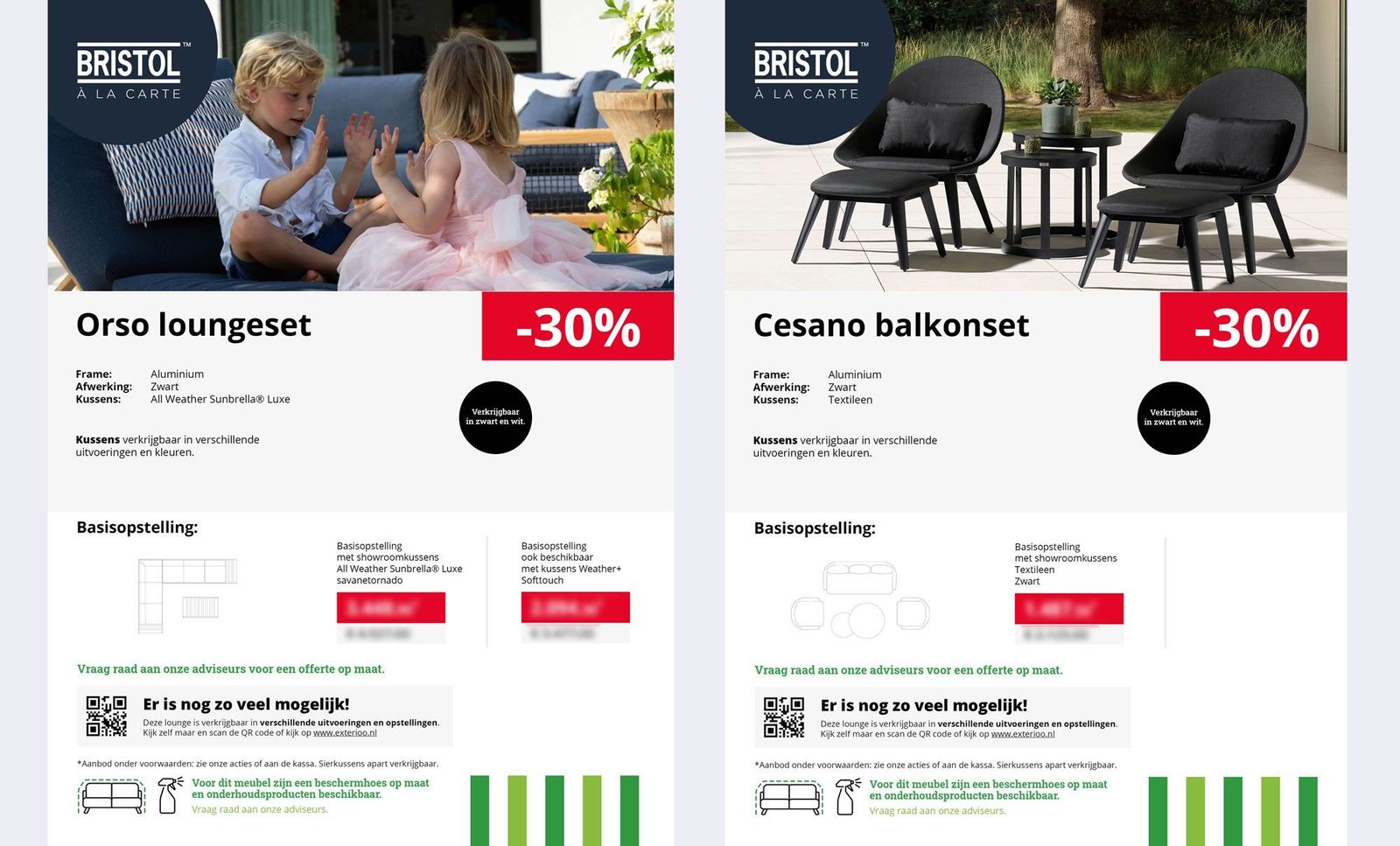A PIM feeds into the ERP and delivers information to the marketing channels.
A PIM system draws from several sources, one of the main ones being the company's ERP, where products are "born". Commonly, the product description in the ERP is not a marketing text. It often contains abbreviations and even spelling or typing errors. The description that lives in an ERP is often not consumer-friendly. A PIM makes it possible to enrich descriptive texts, to have a short and a long description (depending on where it is published), with additional material to support the point of sale, and relevant information for those who will buy the product.
PIM & DAM, the perfect duo
In addition to general text and product data with units of weight and measurement, product images help channels provide a better user experience with the product. Non-text files such as photos, illustrations, videos, and others are organized through a DAM (Digital Asset Management). Most of the available PIM solutions have a reduced DAM option (DAM Light) but it is sufficient to manage product photos and other assets. In more sophisticated cases, PIM and DAM are independent tools for communicating with each other.
PIM, DAM integrated in 2imagine Pulse
2imagine Pulse is designed to scale your omnichannel content with print assets and involves creating a cohesive brand experience across all channels, including print materials.
A single-source platform enabled with API-driven architecture helps automate the creation, management, and transfer of product data assets and information between departments seamlessly and on time. Furthermore, organizations and their marketing teams can also:
- Promote product assets across multiple touchpoints such as websites, print catalogs, brochures, marketplaces, stores, sales teams, and more.
- Create strict on-brand product assets within quality standards and compliance policies.
- Empowering non-designers to create marketing content without the need for Adobe CC app.
Pulse is a cloud service managed by 2imagine. It is a flexible and scalable solution. Adobe InDesign templates are created by graphic designers, at the customer or their agencies, containing variable Easycatalog fields for the PIM product data. Pulse is integrated in PIM using webhooks, API, or hot folders can be used.


